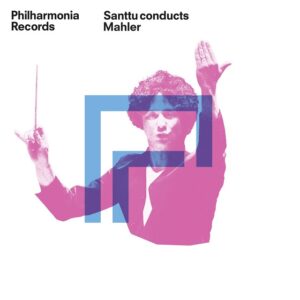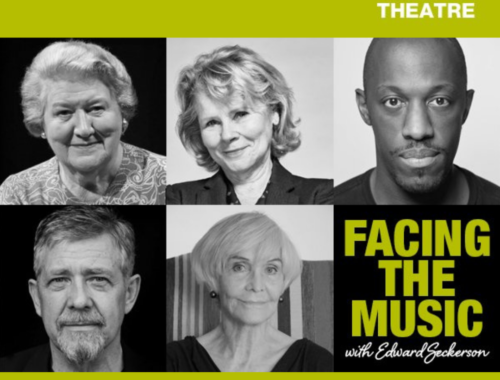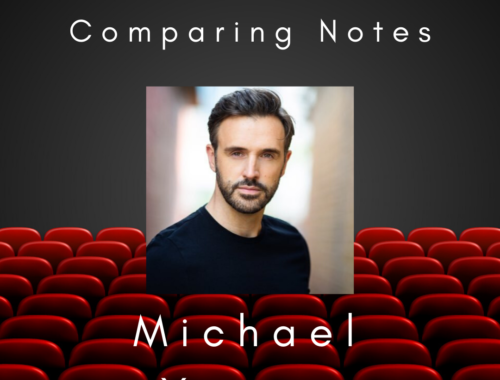GRAMOPHONE Review: Santtu conducts Mahler Symphony No. 2 ‘Resurrection’ – Philharmonia Orchestra/Santtu-Matias Rouvali
 Like so much of what I’ve heard of Santtu’s work of late this Mahler 2 is decidedly hit and miss – with the emphasis, I regret to say, very much on the latter. It’s strange how the reading seems to veer between the prosaic and the over-egged. You need go no further than the exposition of the first movement: the electrifying opening pages ‘by the book’, as it were, but lacking that edgy death-defying tension, and then the second subject displaying temperament, for sure, but self-consciously tugging at the heartstrings with its halting rubatos.
Like so much of what I’ve heard of Santtu’s work of late this Mahler 2 is decidedly hit and miss – with the emphasis, I regret to say, very much on the latter. It’s strange how the reading seems to veer between the prosaic and the over-egged. You need go no further than the exposition of the first movement: the electrifying opening pages ‘by the book’, as it were, but lacking that edgy death-defying tension, and then the second subject displaying temperament, for sure, but self-consciously tugging at the heartstrings with its halting rubatos.
One thing Santtu does occasionally get right – and to the letter of the score – are those reckless and precipitous sprints that Mahler loves to spring upon us and he’s mindful too of those nerve-wracking pauses, those sudden intakes of breath, which punctuate moments of high drama. Then again he completely fudges (as so many do) the scarifying climax of the development by inserting an unmarked ritardando in the bars prior to the heart stopping molto pesante and in so doing negating the impact of landing heavily on that mother of all dissonances and thus effecting a dropout in tempo that makes the battering chord sequence utterly unforgiving. Rattle at the Proms last year nailed it – precisely the shock tactic Mahler envisaged (please tell me that LSO Live are negotiating with the BBC to release that unforgettable performance on disc?).
I should add here that the Philharmonia are on fine form for Santtu with much brilliance coming from the wind and brass and bags of generosity from the strings. Again, though, the radiant postlude of the first movement sounds a little self-regarding to me, the ladling of portamento not entirely spontaneous to my ears with the end result inviting us to admire more than to feel.
There are other anomalies, other choices, that don’t ring true. Santtu’s interpretation of ‘fluent’ (‘fliessender’) for the third movement is so fluent, so swift, as to sound hurried. And just as he might have used this as an opportunity to really relax into the trio section with its close-harmony trumpets he pretty much glides over it.
Jennifer Johnston is as ever very affecting as the maternal voice of comfort in the ‘Urlicht’ but again I am overly conscious of the barlines throughout this extraordinary setting when surely the effect should be of the voice somehow finding its own space in the still moments before the ‘Judgement Day’ fresco of the finale.
That set-piece with its offstage special effects pushes all the right buttons here – but why would Santtu choose to ignore the suspensory commas that Mahler inserts in the momentous horn invocation that bookends the sounding of the Dies Irae. They are there for a reason to accentuate and open out the heavenly summons and those moments are greatly diminished by their absence. So too the elemental percussion crescendos the first of which should (and doesn’t here) exceed all our expectations as to when it has peaked.
Thereafter the ascent to ‘Resurrection’ is all it should be with soprano Mari Eriksmoen leading hearts and minds heavenward. With the resplendent return of the Resurrection hymn Santtu is the antithesis of the super-expansive like Bernstein and more in keeping with the exultant Jurowski in terms of tempo – but where Jurowski’s phrasing of the choral invocation really sings Santtu merely sounds fast. He then invests everything in a hugely protracted crescendo on the final chord, almost demanding adulation – and the Festival Hall audience duly delivers it.
Not recommendable, then – there are many superior accounts out there, like the aforementioned Jurowski (full of tiny and bigger revelations). As I say, the LSO or the BBC have to make that Rattle Prom performance available. It remains one of the best performances of the piece I have ever heard, live or on disc.
You May Also Like

CHICHESTER FESTIVAL THEATRE at Home: FACING THE MUSIC
03/02/2021
COMPARING NOTES: Michael Xavier in Conversation
17/06/2020

